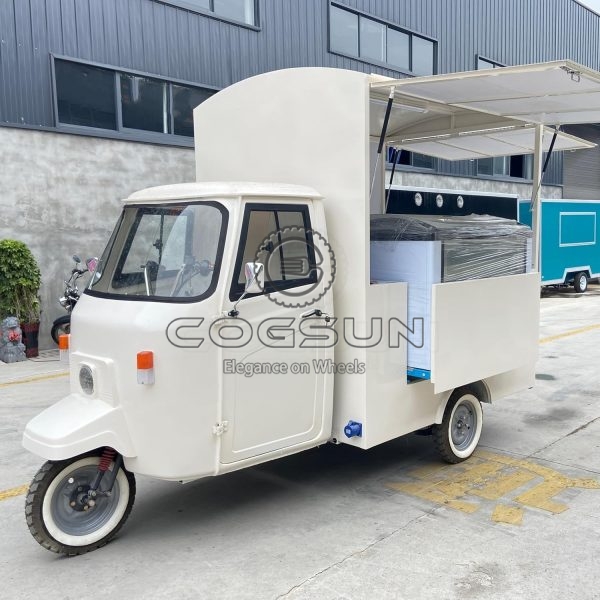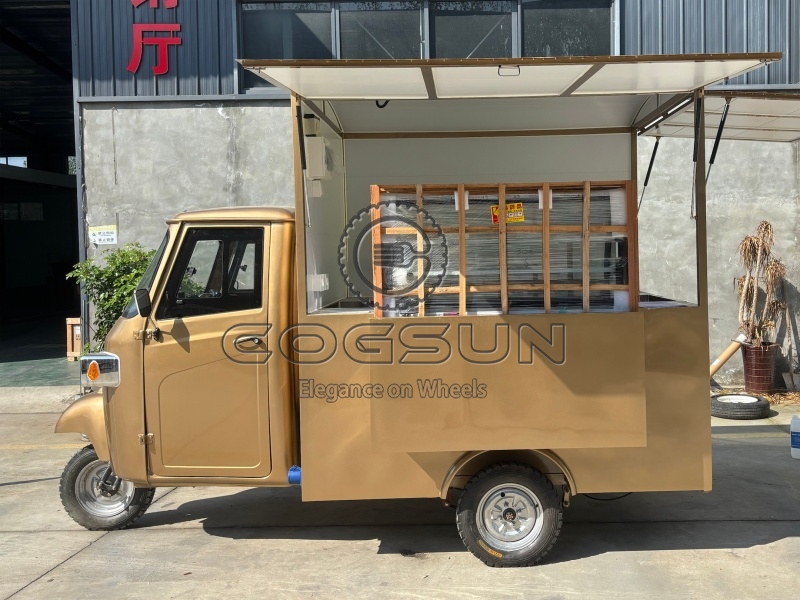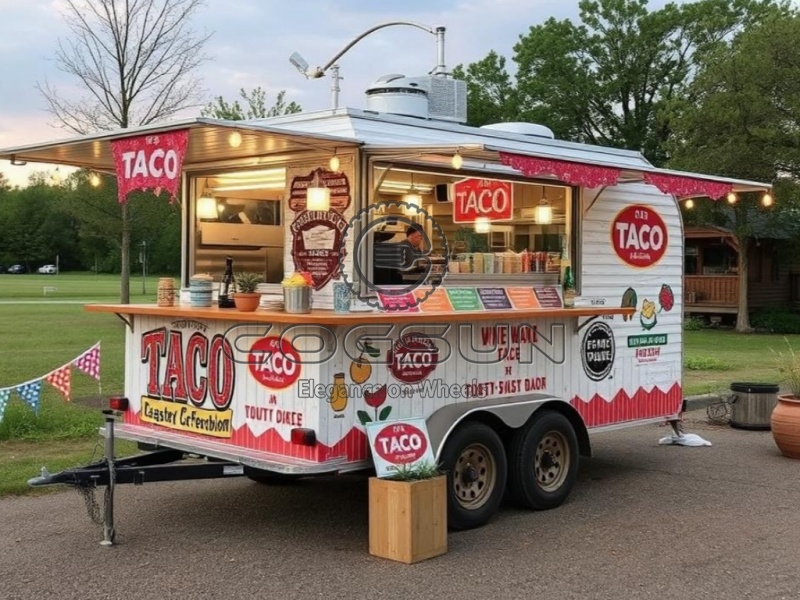For decades, hot dog food carts have stood as icons of street food culture, offering a timeless combination of convenience, affordability, and universal appeal. These compact, mobile kitchens are designed specifically to prepare and serve hot dogs—along with complementary snacks and beverages—in high-traffic areas. Whether operated by solo entrepreneurs or as part of a larger franchise, these carts provide a low-barrier entry into the foodservice industry. This article explores their design, key features, internal equipment, and versatile applications.

Core Features
1. Cost-Effectiveness & Low Overhead
- Affordable startup costs: A basic cart costs 2,000–8,000, compared to $50,000+ for a food truck.
- Minimal utilities: No need for electricity or plumbing (many operate on propane tanks).
- Low maintenance: Durable materials resist wear and tear in outdoor environments.
2. Portability & Flexibility
- Towable with a standard vehicle or maneuverable by hand.
- Ideal for “hit-and-run” locations: Set up near stadiums, festivals, or transit hubs during peak hours.
3. Rapid Service & High Throughput
- Cook and serve hot dogs in under 2 minutes, accommodating long lines efficiently.
- Pre-portion ingredients to streamline workflow during rushes.
4. Universal Appeal & Menu Adaptability
- Cater to all demographics with classic hot dogs, vegan sausages, or gourmet toppings.
- Expand offerings with chips, pretzels, canned drinks, or snow cones.
Internal Equipment
1. Cooking Station
- Commercial-grade roller grills: Hold 6–12 hot dogs at once, with adjustable heat zones for even cooking.
- Steamers or bun warmers: Keep buns soft and fresh without drying them out.
- Optional flat-top griddles: For grilling onions, peppers, or cheese steaks.
2. Refrigeration & Storage
- Compact under-counter fridges: Store pre-cooked sausages, condiments, and beverages at safe temperatures.
- Insulated coolers: For short-term storage of perishables during events.
- Dry storage shelves: Organize napkins, utensils, and disposable packaging.
3. Condiment Dispensing
- Pump-style bottles for ketchup, mustard, and relish.
- Squeeze tubes for mayo, sriracha, or specialty sauces.
- Shakers or dispensers for chili, sauerkraut, or cheese sauce.
4. Safety & Sanitation
- Handwashing station: A small sink with a foot pump and soap dispenser.
- Fire extinguisher: Mounted within easy reach for grill safety.
- Non-slip mats: Prevent accidents on wet surfaces.
5. Payment & Tech Integration
- Cash drawer with a lockable compartment.
- Mobile POS systems for contactless payments.
- Solar panels to power LED lights or devices.
Application Areas
1. High-Traffic Urban Zones
- Position near bus stops, subway entrances, or office buildings for daily commuter sales.
- Partner with delivery apps to serve “cart-to-door” orders in dense neighborhoods.
2. Sports & Entertainment Venues
- Set up outside stadiums, concert arenas, or theaters to capture pre-event crowds.
- Offer themed hot dogs.
3. Festivals & Fairs
- Become a staple at food festivals, carnivals, or farmers’ markets.
- Experiment with seasonal toppings.
4. Educational Institutions
- Cater to students at universities or high schools with late-night snacks.
- Introduce loyalty programs to build repeat business.
5. Private Events & Catering
- Rent carts for weddings, corporate lunches, or birthday parties.
- Upgrade to a “premium cart” with a chafing dish for gourmet hot dog bars.
6. Social Enterprise & Community Support
- Donate profits to local charities or offer discounted meals to frontline workers.
- Partner with food banks to distribute hot dogs in food deserts.




